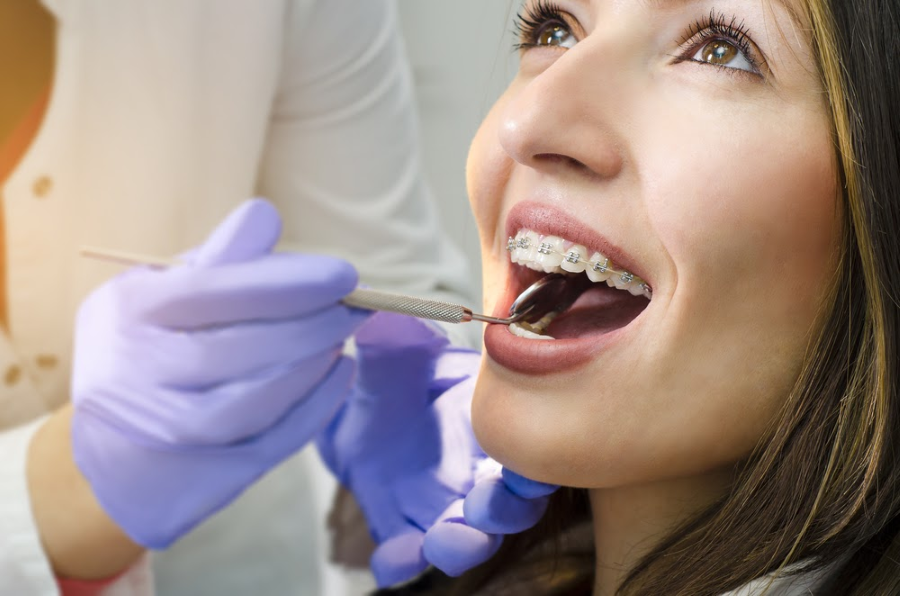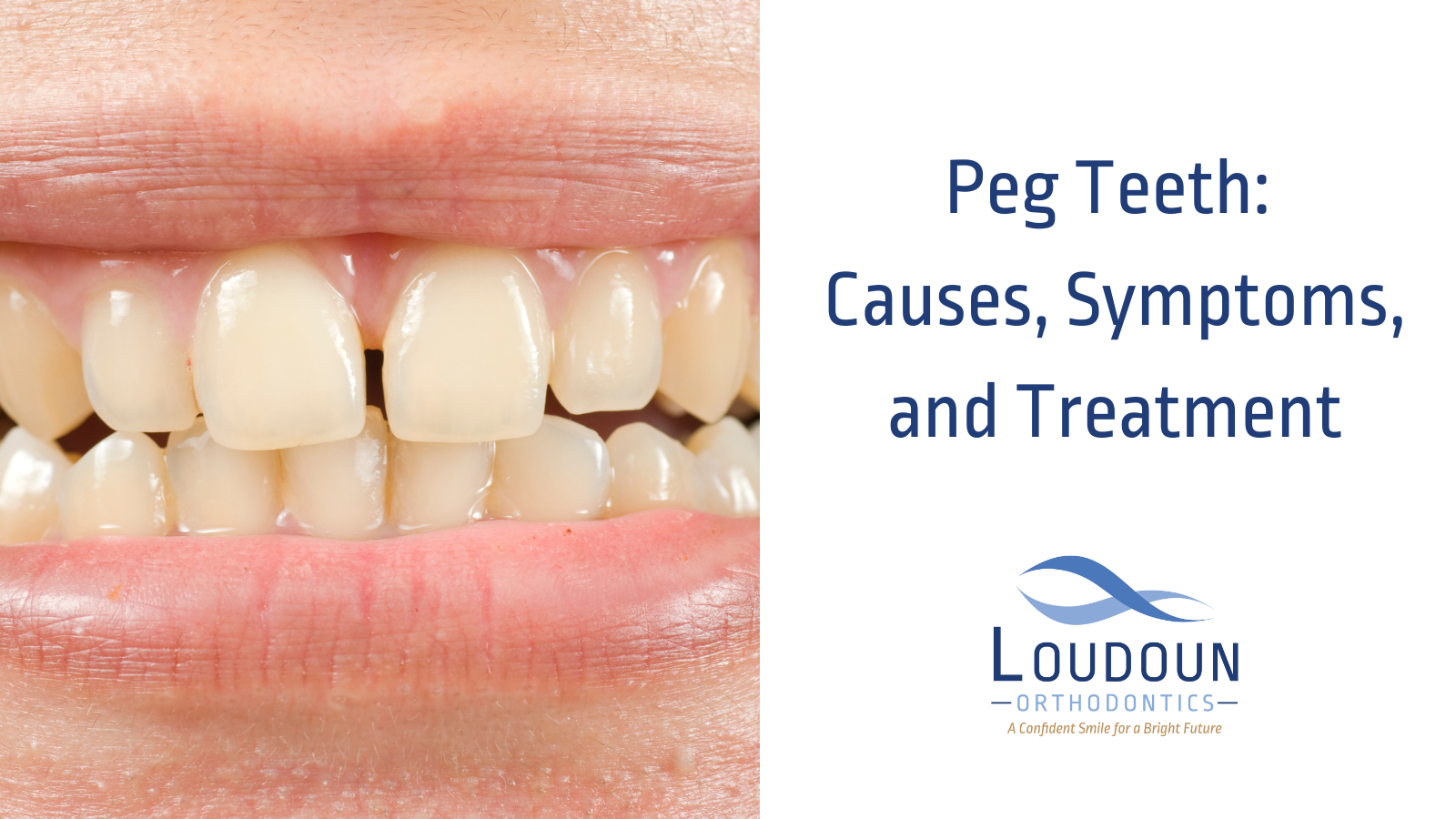What Does Legacy Orthodontics Do?
What Does Legacy Orthodontics Do?
Blog Article
Legacy Orthodontics Fundamentals Explained
Table of ContentsThe Best Strategy To Use For Legacy OrthodonticsLegacy Orthodontics Things To Know Before You BuyThe Ultimate Guide To Legacy Orthodontics10 Easy Facts About Legacy Orthodontics DescribedLegacy Orthodontics Fundamentals Explained
At Advanced Orthodontics, we provide people with a alternative therapy experience. Additionally, we use adjustable treatment timetables, versatile repayment choices and a fun, delightful experience. leesburg orthodontist. Call ( 480) 357-4900 today for even more details and schedule a consultation.An orthodontist is a dental practitioner educated to identify, protect against, and deal with teeth and jaw abnormalities. They deal with existing conditions and are trained to recognize problems that may develop in the future. Orthodontists collaborate with people of any ages, from children to adults. Individuals typically associate a perfect smile with health.
Malocclusion, or misaligned teeth, can result in dental problems, consisting of tooth degeneration, gum condition, and difficult or unpleasant chewing. But not every person is born with straight teeth. If you have a bad bite or big spaces between your teeth, you might desire to speak with a dental expert specializing in orthodontic treatment.
Legacy Orthodontics Can Be Fun For Anyone
( Photo Credit: DigitalVision/Getty Images) Orthodontists use fixed and removable dental tools, like dental braces, retainers, and bands, to alter the setting of teeth in your mouth. Orthodontic therapy is for dental irregularities, consisting of: Jagged teethBite problems, like an overbite or an underbiteCrowded teeth or teeth that are too far apartJaw misalignmentThe goal of orthodontic treatment is to improve your bite.
A healthy bite guarantees you can eat, chew, and talk properly. While you could think about orthodontists as primarily for youngsters or teenagers who need dental braces, they can remedy oral problems at any type of age. Orthodontists attend college, oral school, and orthodontic institution. After college graduation, they invest 2 or 3 years in an orthodontic residency program.
All orthodontists are dental professionals, but not all dental practitioners are orthodontists. Orthodontic residency programs use extensive, concentrated instruction for oral specialists. They concentrate on 2 areas: How to correctly and safely relocate teeth How to properly lead advancement in the teeth, jaw, and faceOnce an orthodontist has actually finished training, they have the option to end up being board certified.
Legacy Orthodontics - Questions
Imbalance, or malocclusion, is one of the most common factor people see an orthodontist. It is hereditary and is the outcome of dimension differences in between the upper and lower jaw or between the jaw and teeth. Malocclusion leads to tooth congestion, a twisted jaw, or irregular bite patterns. Malocclusion is typically treated with: Your orthodontist attaches steel, ceramic, or plastic square bonds to your teeth.
If you have only small malocclusion, you might have the ability to utilize clear dental braces, called aligners, rather of typical dental braces (https://www.openlearning.com/u/brianmccune-skmowy/). Some individuals require a headwear to help relocate teeth right into line with pressure from outside the mouth. After braces or aligners, you'll require to use a retainer. A retainer is a personalized gadget that keeps your teeth why not find out more in position.
They're usually utilized on youngsters. They can produce added room in the mouth without having to draw teeth. If you have a severe underbite or overbite, you might need orthognathic surgical treatment (likewise called orthodontic surgical procedure) to extend or shorten your jaw. Orthodontists make use of cords, medical screws, or plates to sustain your jaw bone.
You may need to see an orthodontist if you have: Crowding or otherwise enough space for all of your teethOverbite, when your upper teeth come over your bottom teethUnderbite, when your bottom teeth are as well far forwardSpacing or issues with gapsCrossbite, which is when your upper teeth fit behind your base teeth when your mouth is closedOpen bite or a vertical space in between your front bottom and upper teethMisplaced midline, when the facility of your base and upper teeth do not align Dealing with an oral malocclusion can: Make attacking, eating, and speaking easierImprove the balance of our face and your general appearanceEase pain from temporomandibular joint disordersSeparate your teeth and make them less complicated to clean up, helping protect against tooth decay or tooth cavities It's often a dentist that first notifications misaligned teeth throughout a regular examination.
Legacy Orthodontics - Questions

Throughout your very first orthodontic appointment, you'll likely have: A dental examPhotos taken of your face and smileDental X-raysPanoramic (360 level) X-rays of your face and headImpressions to develop mold and mildews of your teethThese tests will certainly help your orthodontist know how to proceed with your therapy. leesburg clear braces. An orthodontist is a dental professional who's had training to treat your teeth and jaw
An orthodontist is concentrated on your bite, so something like a cracked tooth would certainly be dealt with by a dental practitioner. Orthodontists are focused on your bite, or the means your teeth fit together, and the straightness of your teeth.
Ever asked yourself just how celebs always seem to have perfectly straightened teeth? The solution often depends on the competent hands of an orthodontist. But what specifically does an orthodontist do? Orthodontists are dental experts that concentrate on correcting irregularities in the teeth and jaws. Their knowledge goes past simply creating a lovely smile; it encompasses boosting your total oral wellness and function.
The Greatest Guide To Legacy Orthodontics

, orthodontists have a diverse toolkit at their disposal. These tried-and-true dental braces use a system of brackets bonded to the teeth and attached by cables.
Clear aligners, like Invisalign, are a preferred alternative for patients seeking a more discreet therapy alternative. These removable trays are custom-made to considerably move the teeth's setting. Headgear might be used together with dental braces or aligners to use additional targeted forces, particularly for fixing jaw disparities. In situations of narrow jaws, palatal expanders can be made use of to create room for appropriate tooth positioning.
Report this page